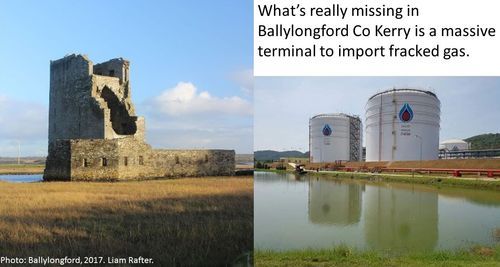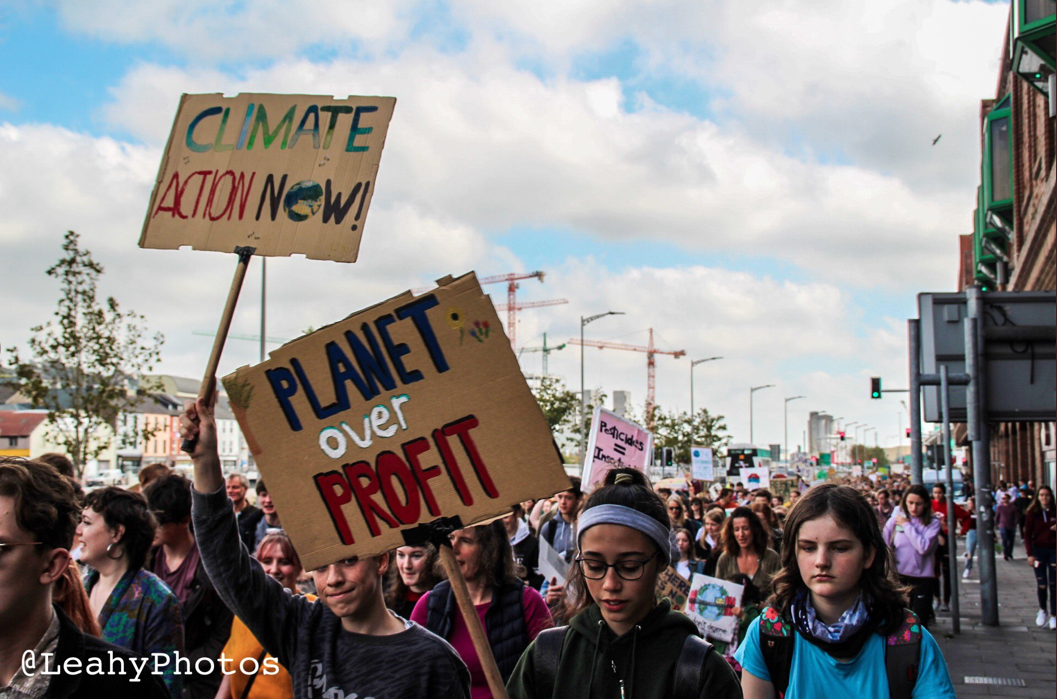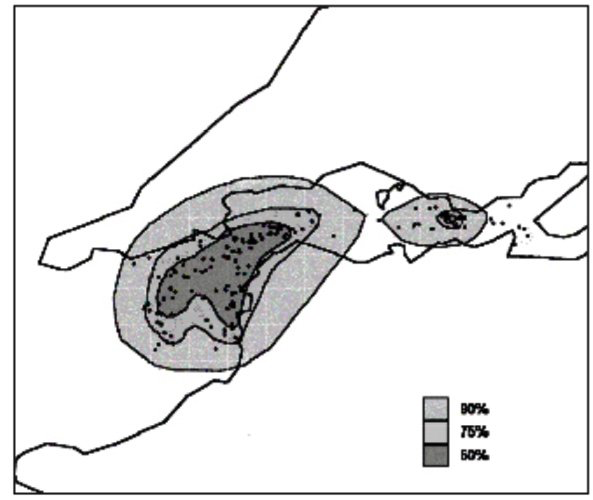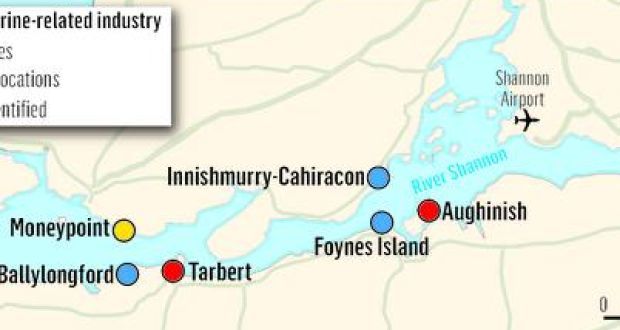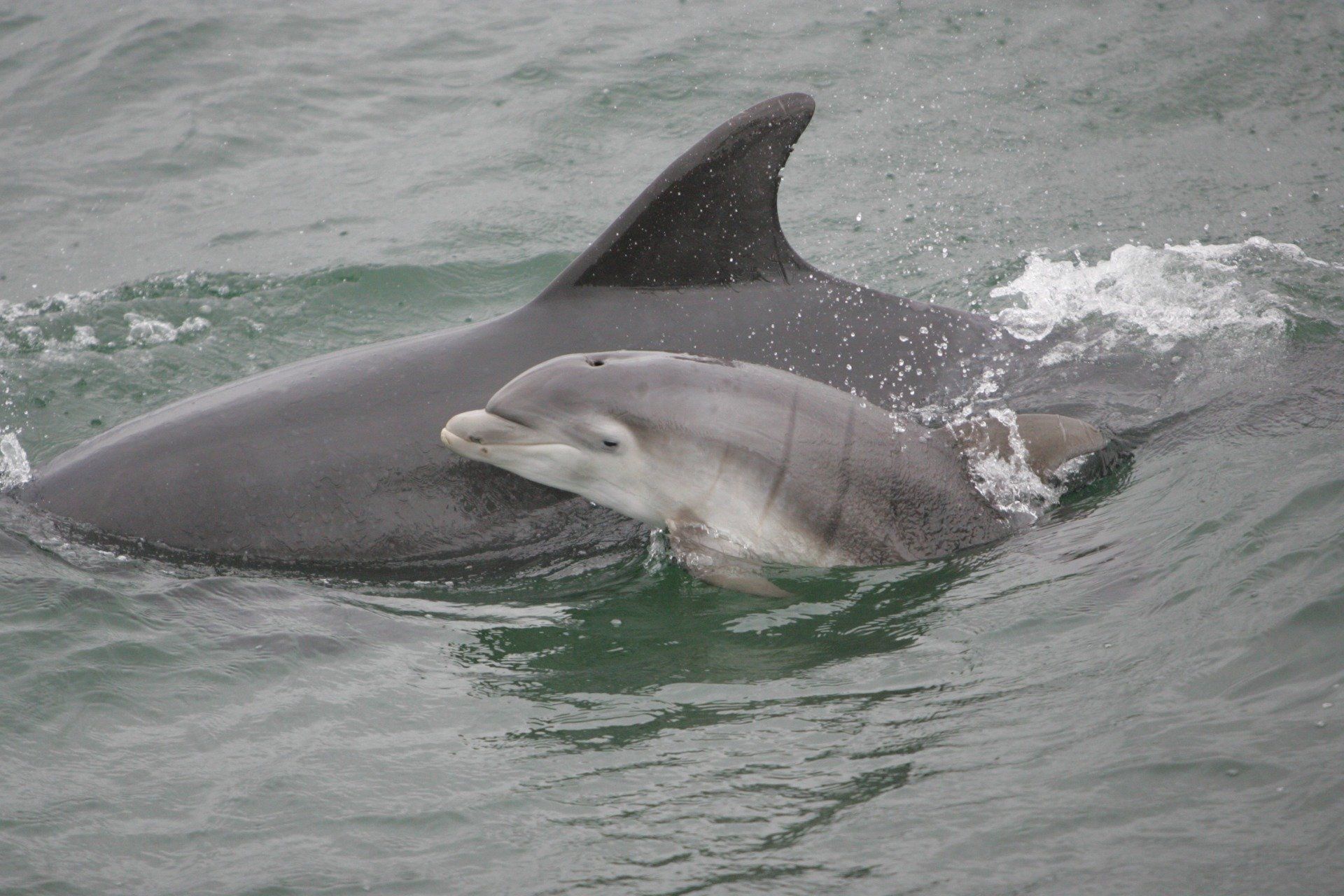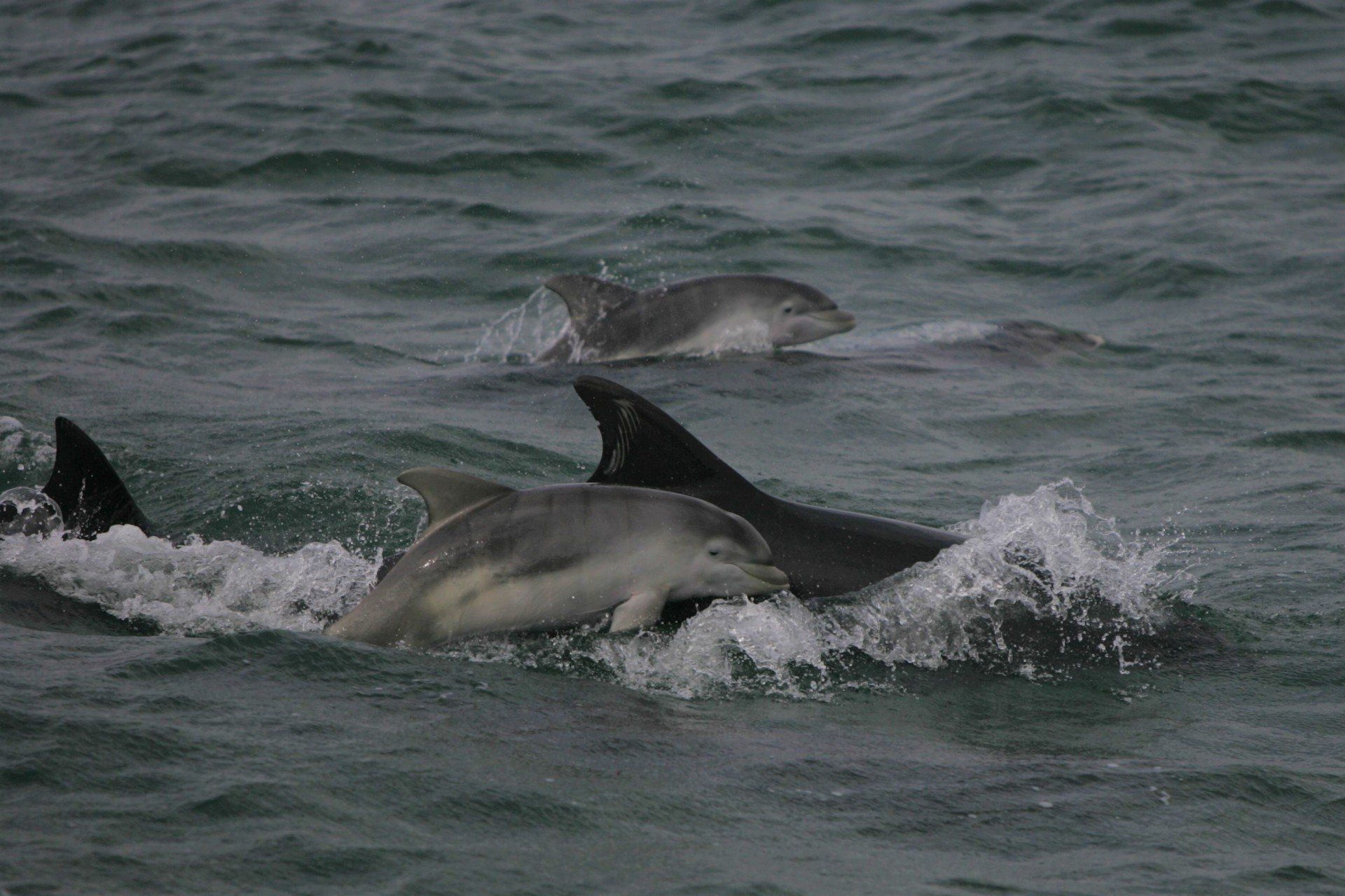Shannon LNG: Growing concern about Ireland's lack of climate action.
There is growing concern about the environmental impacts of the proposed Shannon Estuary Liquified Natural Gas (LNG) terminal in north Co. Kerry, raised by the public, politicians, naturalists and scientists all over Ireland. These concerns have been brought to the attention of the EU Commission in recent days and has resulted in the governments decision to stop the operations gaining access to EU funding until further reviews on energy resource sustainability have been carried out.
Fig. 1. ""Sarcasm they say "is the lowest form of humour", we say "fracked gas is lowest form of energy resource." Source: Friends of the Environment.
With the onset of recent "climate crises" marches across Ireland and indeed, the rest of the world, you may imagine that moving away from energy sources which are damaging to both human health and the environment, and looking to better options such as that of wind energy, may be of priority for the Irish government officials and organisations? However, this would mean to stop taking big corporation payouts and instead start taking real action. We can start by upholding Ireland's commitment to the Paris Agreement, meeting our climate budgets and vowing to stop fracking in Ireland, including supporting the use of fossil fuels through importation and exportation. How Ireland can be such a hypocrite to ban fracking here but support and drive the operations in another country?
Fig. 2. President of Ireland tweet after we banned fracking in Ireland in 2017. Source Stop Shannon LNG.
"The Irish government’s attempts to fast-track the controversial Shannon Liquified Natural Gas (LNG) import terminal project represent a giant leap backwards regarding climate action", according to An Taisce.
Fig 3. Global Climate Protest, September 20th 2019 in Cork. Source @LeahyPhotos
Over 40 MEPs raised their concerns and signed a PBP motion opposing the government’s decision to designate the Shannon LNG project as a ‘Project of Common Interest’ on the EU Commission's list. The proposed LNGs terminal, is part of U.S. President Donald Trump's on-going strategic plan to export natural gas to Europe. The terminal will be operated by U.S. owned New Fortress Energy Ltd., and will be able to process up to six million gallons of LNG daily may be part-funded by the Irish taxpayer and keeps Ireland in an unsustainable fossil fuels energy economy for the foreseeable future.
Among the negative environmental impacts from the burning of fossil fuels, hydraulically fractured gas can contaminate groundwater and soil, increase methane emissions and lower air quality. Turning natural gas into LNG is highly energy intensive and LNG is estimated to be the largest source of GHG emissions growth from oil and gas industry by 2025 (Reuters, 2017). US Shale oil and gas production has already caused an increase in global methane emissions contributing to climate change. A 2017 study
published by the Environmental Protection Agency found that the practice has the potential to damage the environment and human health. Air pollution associated with LNG terminals include diesel-burning LNG tankers, the LNG storage and processing facilities at the LNG terminal, and air pollution generated when the LNG is burned.
An LNG terminal can be onshore, anchored offshore, floating, or be entirely mobile. As LNG terminals are major industrial facilities, they can cause damage to coastal habitats and alter coastal ecosystem processes as their construction may involve the development of breakwaters, jetties, or other shoreline structures.
"It will completely destroy Ireland's reputation as a climate leader."
— Ellen Coyne (@ellenmcoyne) October 2, 2019
Major concerns about a plan to import liquified fracked gas from the US to a hub at the Shannon estuary.
Fracking is banned in Ireland, linked to health probs in the US @bridsmithTD pic.twitter.com/TSWmxKdU8g
In addtion: the Shannon Estuary is a Special Area of Conservation (SAC) for bottlenose dolphins ( Tursiops
truncatus
) (Ingram & Rogan, 2002), hosting Ireland's only resident population of bottlenose dolphins, along with a diverse array of bird species. Previous abundance surveys using photo identification and mark-recapture techniques have revealed two critical areas in the Shannon Estuary for bottlenose dolphins. Among these areas, other areas such as Brandon Bay, Co. Kerry were also found to have bottlenose dolphins occasionally occurring (Ingram & Rogan 2002).
.
Fig. 4. Critical areas for bottlenose dolphins in the Shannon Estuary (Ingram & Rogan, 2002).
Bottlenose dolphins using the Shannon are vulnerable to anthropogenic disturbance and habitat degradation (Englund et al. , 2007). Threats from the development of an LNG terminal may include industrial and agricultural pollutant contamination, disturbance from marine industrial activities; physical and acoustic disturbance from shipping, by-catch mortality (accidental entanglement in fishing gear) and disturbance from dolphin watching boat traffic (Englund et al ., 2007).
As part of the Environmental Impact Assessment, a risk assessment using acoustic monitoring was conducted by the Irish Whale and Dolphin Group to assess the occurrence of bottlenose dolphins in the area where the terminal has been proposed to be developed. They found that dolphins were present by Moneypoint on 80% of days and by the Shannon Airport on 15% of days and concluded that the development and operations of an LNG terminal would have no "significant" impact on the Shannon dolphins (www1).
The terminal is likely to have an effect but this can minimised of course assuming correct and robust mitigation is in place during construction and operations, i.e. with the presence of marine mammal observers (MMO's). All in all, bottlenose dolphins in the Shannon are clearly better off without an LNG terminal, as are the locals of North Co. Kerry. The Shannon Estuary is also one of the most important sites in Ireland for wintering and migrating waterbirds, supporting 10 bird species in numbers of international importance and a further 13 bird species occurring in numbers of national importance (Crowe, 2005).
Fig 5. Map of Shannon Estuary, Moneypoint - an important area for bottlenose dolphins and Ballylongford, where the proposed LNG terminal will be.
Fig 6. Bottlenose dolphin mother and calf pair from the Shannon Estuary. Photo by: Dr. Maria Garagouni, UCC.
Dr. Maria Garagouni, who has just completed her Ph.D. in University College Cork's School of Biological, Environmental and Earth System Sciences (UCC School of BEES), studying bottlenose dolphins in the Shannon Estuary using photo identification methods said " The dolphins are likely to lose some of their available space at least some of the time. For a resident population that uses both that area and areas upriver to the extent that we know (and possibly more than we know), that is going to be disruptive". This is likely due to the variation in spatial scales and how different social groups of bottlenose dolphins use different parts of the estuary (Baker et al ., 2017).
Fig 7. Two bottlenose dolphin calves in the Shannon Estuary. Photo by: Dr. Maria Garagouni, UCC.
Want to have your say in stopping the Shannon LNG Terminal? Click here: to TAKE ACTION NOW!
References
:
Baker, I., O'Brien, J., McHugh, K., Ingram, S., Berrow, S., (2017). Bottlenose dolphin ( Tursiops
truncatus
) social structure in the Shannon Estuary, Ireland, is distinguished by age- and area-related associations. Marine Mammal Science
34(2), DOI: 10.1111/mms.12462
Crowe, O. (2005) Ireland's Wetlands and their Waterbirds: Status and Distribution. BirdWatch Ireland, Newcastle, Co. Wicklow.
Ingram, S. and Rogan, E. (2002). Identifying critical areas and habitat preferences of bottlenose dolphins ( Tursiops truncatus ). Marine Ecology Progress Series 244: 247-255.
www1: https://greennews.ie/shannon-lng-dolphins-key-issue-debate/
SHARE THIS ARTICLE






